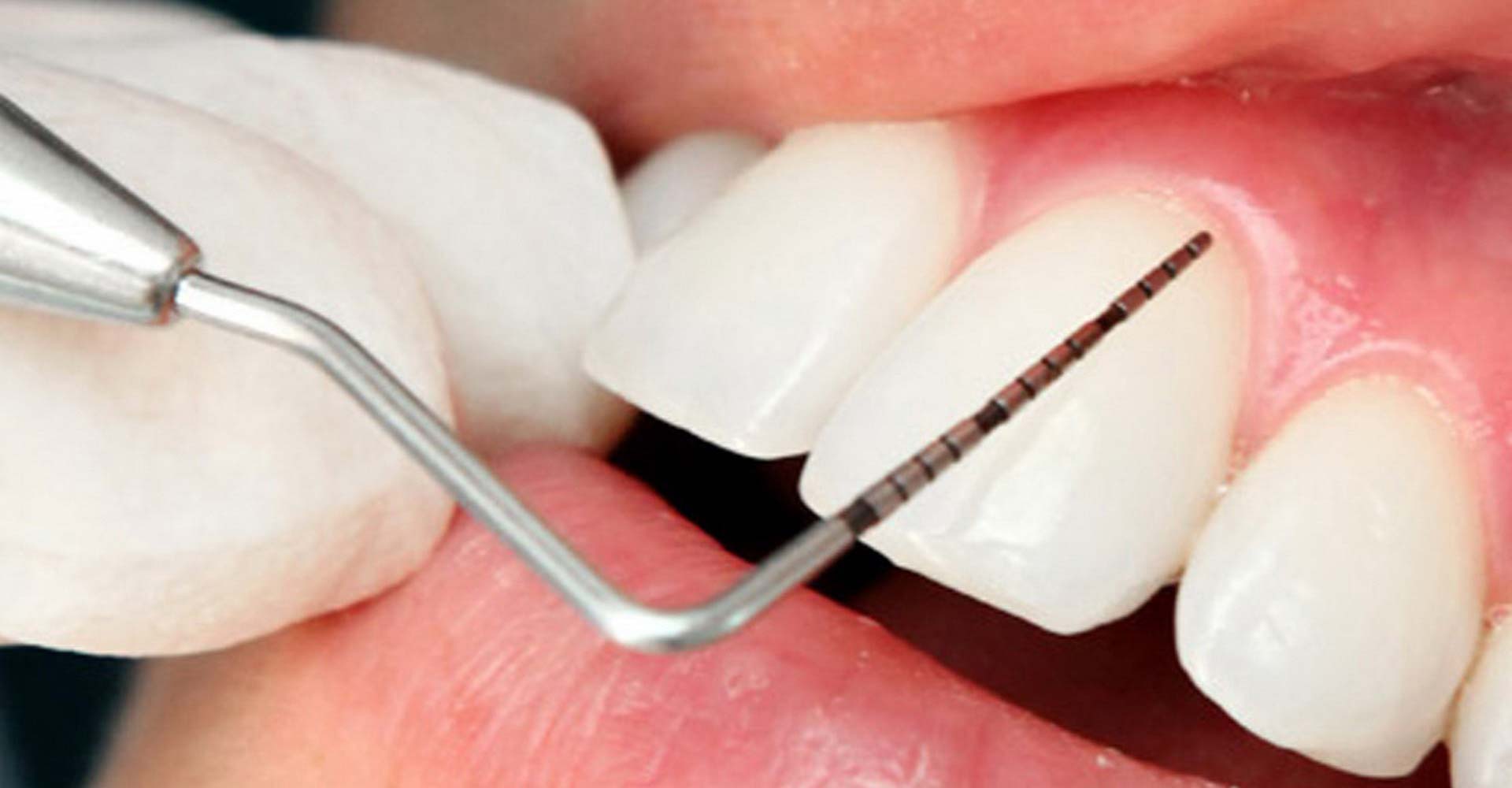Periodontology
This branch of dentistry treats the problems of the periodontium (also called periodontal or periodontal tissue), ie the hard and soft structures that support the teeth: gums, alveolar bone, periodontal ligament, and radicular cement.
All these elements work together to keep fixed and stable teeth in the jaws during chewing. Periodontology, therefore, deals with the diagnosis, medical treatment and also the prevention of periodontal diseases.
During the dental examination, the specialist examines your gums, checks if a gum recession has occurred, checks with a probe the periodontal spaces, ie the spaces between the tooth and the gingiva.
Parondontal Diseases
Among the diseases treated by periodontology, periodontitis is certainly the most serious and dangerous because it can easily progress over time and cause serious problems that can lead to tooth loss and systemic diseases.
This happens because the infection attacks the bone that supports the teeth. The development of this disease is caused by the proliferation of bacteria inside the mouth due to poor oral hygiene, which may initially cause inflammation of the gums (gingivitis) which , if not treated in time, can involve the underlying tissues, giving rise to periodontitis.
The disease can also be caused by an excess of tartar, dental procedures that are not performed correctly or following other diseases such as smoking, diabetes, vitamin C deficiencies , etc. From numerous scientific researches it has recently emerged that periodontitis can also be due to hereditary factors, especially in its more aggressive forms.
Unfortunately, this disease, despite its severity, tends to manifest itself with mild symptoms that cause people to don’t realize they have it.
Periodontology: Gingivitis
Gingivitis affects the outermost gingiva and occurs with reddening of the gingival margin, swelling, redness, bleeding and increase in gingival volume. They are reversible but may precede periodontitis.
Periodontology: Periodontitis
Periodontitis is a group of diseases that destroy dental support tissues. Clinically they manifest themselves with loss of gingival and bone attack, the formation of pockets, and recessions. The destruction of the supporting tissues of the teeth in most cases is irreversible. Periodontitis is classified into:
– Early-onset periodontitis that develops at a young age;
– periodontitis of the adult that develops after the age of 35;
– parodontite necrotizzante.
Symptoms of periodontal diseases
- halitosis
- gingival recession
- gingival bleeding
- abscesses and swelling of the gums
- pain and difficulty during chewing
Treatment and therapy of periodontal diseases
The most modern, cutting-edge and effective method for treating periodontitis today avoids the surgical approach and instead takes place through the use of a microscope and periodontal laser.
The precision of the surgical microscope makes it possible to treat diseased roots without having to open the gums, while the laser immediately eliminates pathogenic bacteria, which are found in areas of the periodontium that cannot be reached by drugs (such as spongy tissues and bone, little vascularized).
Non-surgical treatments of periodontology for gum disease
The first step in treating periodontitis is a conservative, non-surgical treatment. This treatment consists of scraping and removing plaque and tartar from the teeth and surfaces of the tooth under the gum, and then smoothing away any roughness on the roots to prevent the bacteria from coming together again.
After this process, the gums will heal and reattach to healthy and clean tooth surfaces. Non-surgical periodontal treatment has its limitations. When it does not reach periodontal health, surgery may be indicated to restore periodontal health.
Periodontal Surgery Treatments For Gum Disease
- Reduction of periodontal pockets: tartar is removed by lifting the gums and then repositioning them adherent to the teeth.
- Bone grafting: fragments of own bone or synthetic bones or donated bones are used to replace the destroyed bone. The graft will allow the regrowth of the bone.
- Soft tissue grafts: used to reinforce the gums with a grafted tissue, taken from the mouth.
- Guided tissue regeneration: stimulates the growth of gum and bone tissue. A tissue is inserted between bone and gum allowing the bone and gum tissue to grow back.
- Bone surgery: in case of moderate or advanced bone loss. The bone around the tooth is reshaped to prevent the growth of bacteria.



